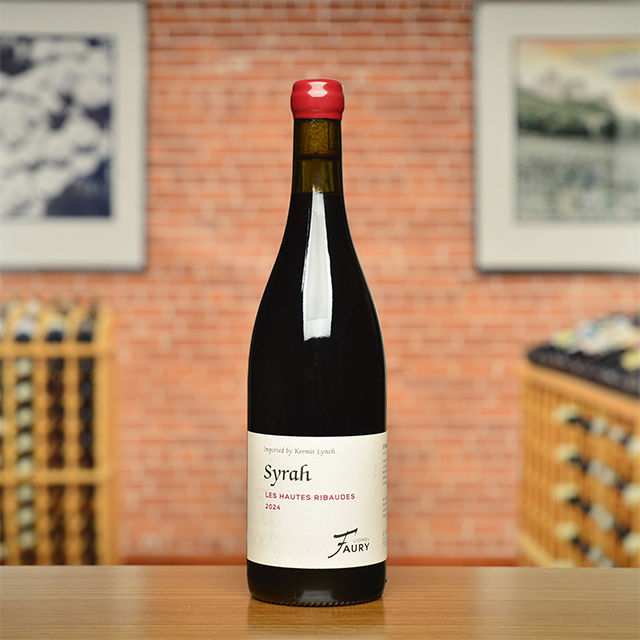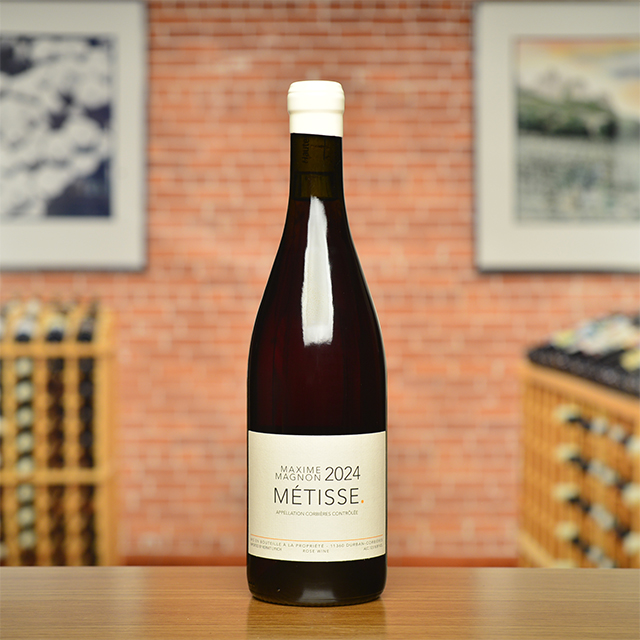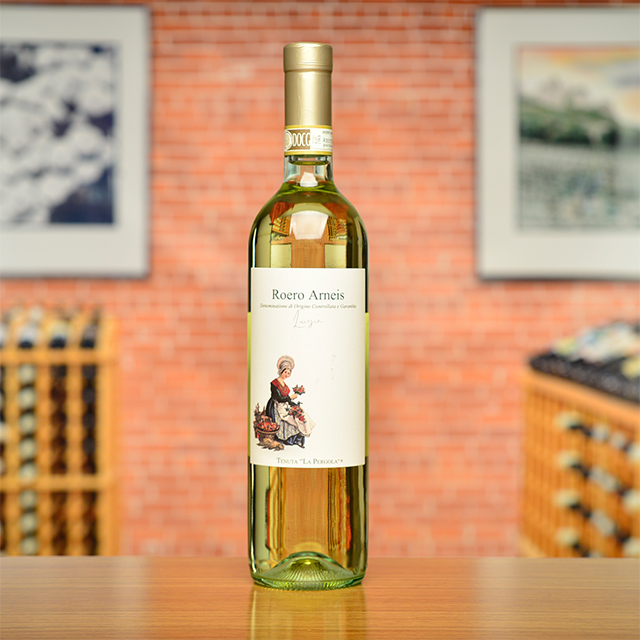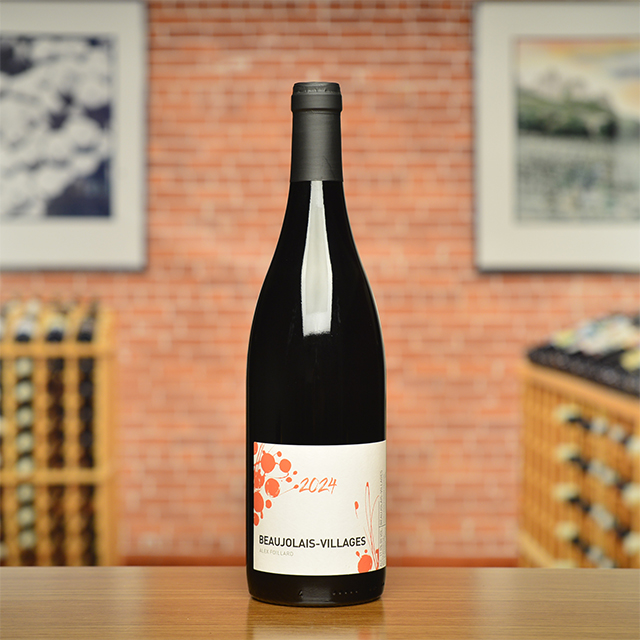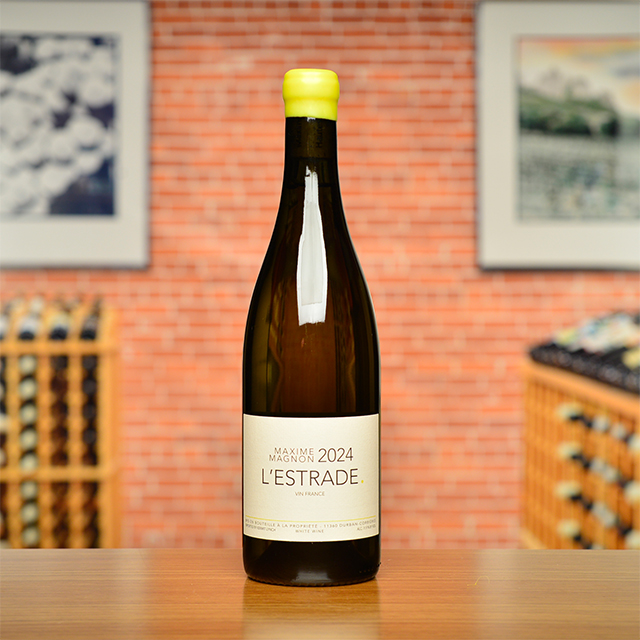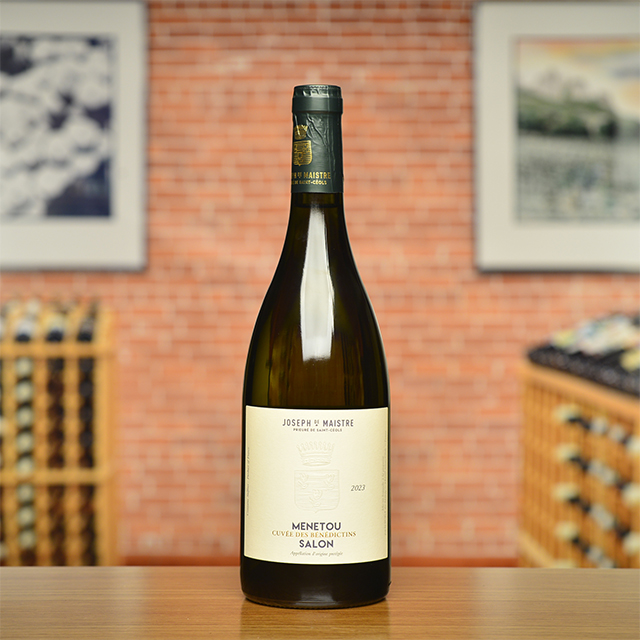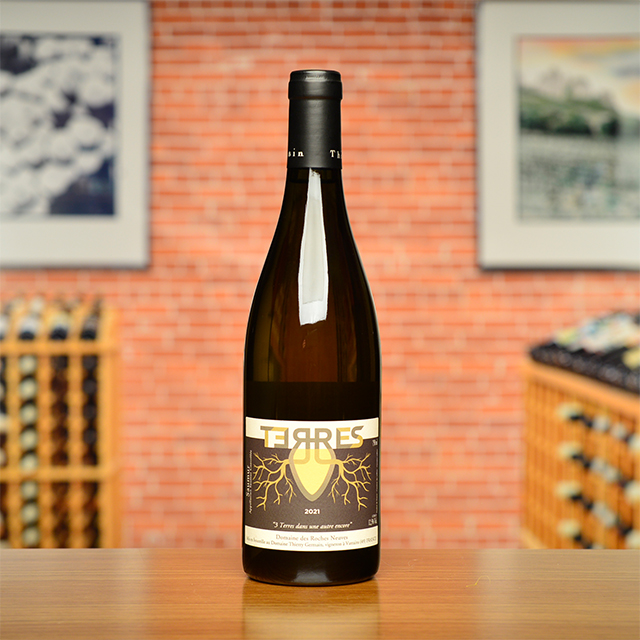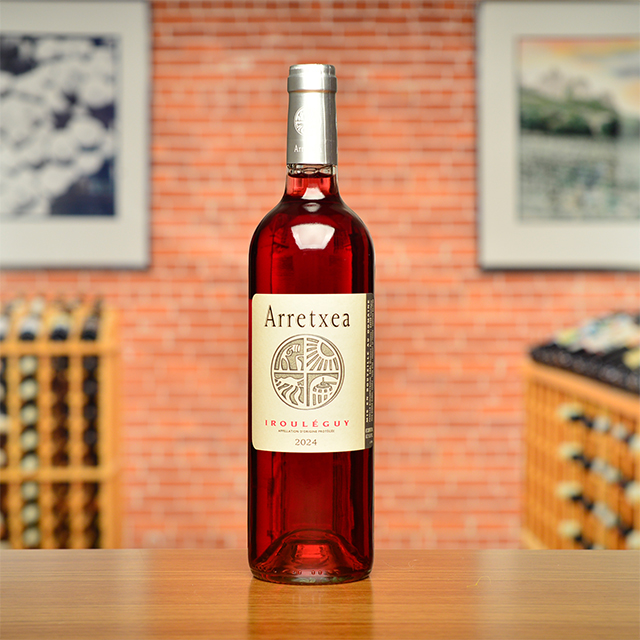Notify me
2023 Moulin-à-Vent “Sous la Roche”
Domaine Thillardon
Just over the hill from Chassignol, with southern exposure, it combines the structural grandeur typical of Moulin-à-Vent with a high-elevation freshness.
—Anthony Lynch
| Wine Type: | red |
| Vintage: | 2023 |
| Bottle Size: | 750mL |
| Blend: | Gamay |
| Appellation: | Moulin-à-Vent |
| Country: | France |
| Region: | Beaujolais |
| Producer: | Domaine Thillardon |
| Winemaker: | Paul-Henri Thillardon |
| Vineyard: | Planted in 2016; .36 ha |
| Soil: | Pink granite |
| Farming: | Organic (certified) |
| Alcohol: | 12% |
More from this Producer or Region

2023 Côte-de-Brouilly
France | Beaujolais
Loads of fun—juicy, round, structured, yet always elegant and focused. A classic favorite.

2023 Côte de Brouilly
France | Beaujolais
August Club Gourmand ~ Brambly and mineral, this bottling exudes both the convivial charm of Gamay and the crunchy intensity of the Côte de Brouilly.

2021 Brouilly
France | Beaujolais
A generous dash of plump, sun-ripened fruit enveloping a granite core.

2024 Régnié “Grain & Granit”
France | Beaujolais
Here is a rich, bold Régnié, saturated with luscious fruit and earthy spice.

2023 Brouilly “Reverdon”
France | Beaujolais
This bottling is classic Brouilly, balanced and old-school, and showcases the beauty of Gamay.

2023 Chénas “Vibrations”
France | Beaujolais
Its shimmering red fruit comes alive with a nice chill.

2023 Chénas “Les Blémonts”
France | Beaujolais
Structured yet full of energy, with notes of blueberry, spice, and other things nice.

2023 Fleurie
France | Beaujolais
Light and living, charged with herbs, cranberry, and strawberry.

2023 Chénas “Chassignol”
France | Beaujolais
A finessed, mineral-driven beauty from hundred-year-old vines at the highest point in Chénas.

2023 Morgon “Vieilles Vignes”
France | Beaujolais
Leave it to Breton to take summer heat and turn it into a light summer breeze in a glass.
About The Producer
Domaine Thillardon
Paul-Henri Thillardon grew up in Beaujolais, where his family grew grapes to sell to the local co-op. He worked in the vines as a kid and aspired to make his own wine. At age twenty-one, he purchased vineyards in the cru of Chénas, seeing potential in an appellation that lacked the talent of Morgon and Fleurie. He farmed organically from the start and soon became exposed to the world of natural wine, taking advice from mentors such as Guy Breton. Paul-Henri’s siblings joined him at the domaine, and today they farm ten hectares of vines on a polyculture farm. The Thillardons have earned a reputation for their silky expressions of Gamay. Utilizing natural methods to create terroir-driven wines, the purity and vibrancy of their cuvées put them in company with the region’s most talented vignerons.
About The Region
Beaujolais

After years of the region’s reputation being co-opted by mass-produced Beaujolais Nouveau and the prevalence of industrial farming, the fortunes of vignerons from the Beaujolais have been on the rise in the past couple of decades. Much of this change is due to Jules Chauvet, a prominent Beaujolais producer who Kermit worked with in the 1980s and arguably the father of the natural wine movement, who advocated not using herbicides or pesticides in vineyards, not chaptalizing, fermenting with ambient yeasts, and vinifying without SO2. Chief among Chauvet’s followers was Marcel Lapierre and his three friends, Jean Foillard, Guy Breton, and Jean-Paul Thévenet—a group of Morgon producers who Kermit dubbed “the Gang of Four.” The espousal of Chauvet’s methods led to a dramatic change in quality of wines from Beaujolais and with that an increased interest and appreciation for the AOC crus, Villages, and regular Beaujolais bottlings.
The crus of Beaujolais are interpreted through the Gamay grape and each illuminate the variety of great terroirs available in the region. Distinguishing itself from the clay and limestone of Burgundy, Beaujolais soils are predominantly decomposed granite, with pockets of blue volcanic rock. The primary vinification method is carbonic maceration, where grapes are not crushed, but instead whole clusters are placed in a tank, thus allowing fermentation to take place inside each grape berry.
Much like the easy-going and friendly nature of many Beaujolais vignerons, the wines too have a lively and easy-drinking spirit. They are versatile at table but make particularly good matches with the local pork sausages and charcuterie. Though often considered a wine that must be drunk young, many of the top crus offer great aging potential.
More from Beaujolais or France
2024 Régnié “Grain & Granit”
Jean Paul et Charly Thévenet France | Beaujolais
2023 Chénas “Vibrations”
Domaine Thillardon France | Beaujolais
2023 Chénas “Chassignol”
Domaine Thillardon France | Beaujolais
2018 Brouilly
Alex Foillard France | Beaujolais
2021 Beaujolais Blanc “Terrain Rouge”
Jean-Paul et Charly Thévenet France | Beaujolais
2024 Morgon “La Roche Pilée”
Jean-Paul et Charly Thévenet France | Beaujolais
2023 Morgon “Vieilles Vignes”
Guy Breton France | Beaujolais
2023 Côte-de-Brouilly
Nicole Chanrion France | Beaujolais
2023 Brouilly “Reverdon”
Château Thivin France | Beaujolais
2023 Morgon “Côte du Py”
Jean Foillard France | Beaujolais
2023 Fleurie
Jean Foillard France | Beaujolais
2023 Morgon
M. & C. Lapierre France | Beaujolais
2024 Régnié “Grain & Granit”
Jean Paul et Charly Thévenet France | Beaujolais
2023 Chénas “Vibrations”
Domaine Thillardon France | Beaujolais
2023 Chénas “Chassignol”
Domaine Thillardon France | Beaujolais
2018 Brouilly
Alex Foillard France | Beaujolais
2021 Beaujolais Blanc “Terrain Rouge”
Jean-Paul et Charly Thévenet France | Beaujolais
2024 Morgon “La Roche Pilée”
Jean-Paul et Charly Thévenet France | Beaujolais
2023 Morgon “Vieilles Vignes”
Guy Breton France | Beaujolais
2023 Côte-de-Brouilly
Nicole Chanrion France | Beaujolais
2023 Brouilly “Reverdon”
Château Thivin France | Beaujolais
2023 Morgon “Côte du Py”
Jean Foillard France | Beaujolais
2023 Fleurie
Jean Foillard France | Beaujolais
2023 Morgon
M. & C. Lapierre France | Beaujolais
Kermit once said...

Kermit once said...
For the wines that I buy I insist that the winemaker leave them whole, intact. I go into the cellars now and select specific barrels or cuvées, and I request that they be bottled without stripping them with filters or other devices. This means that many of our wines will arrive with a smudge of sediment and will throw a more important deposit as time goes by, It also means the wine will taste better.


